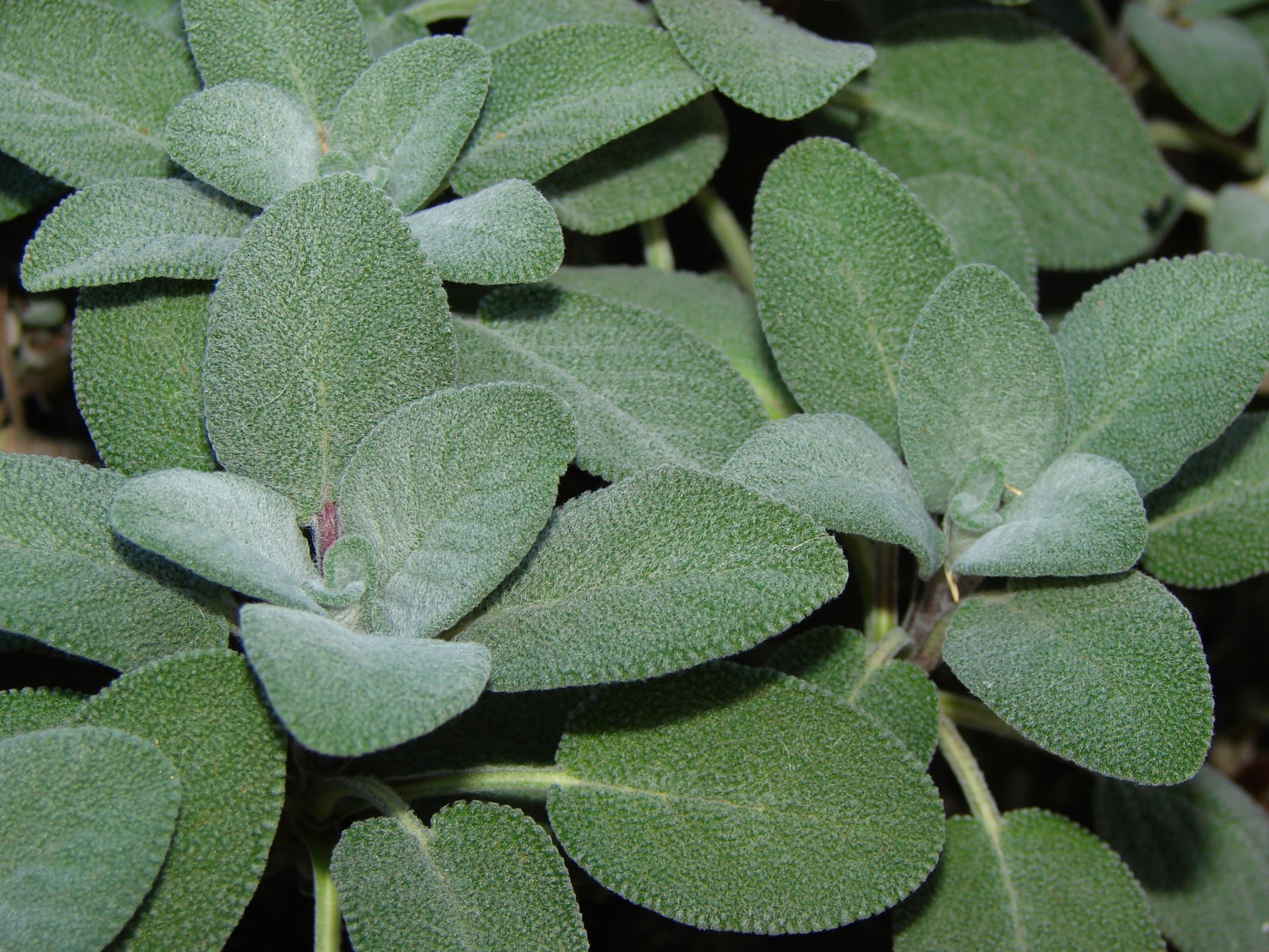
Sage
Salvia officinalis
Basic Information
🌿 Family: Lamiaceae🗺️ Zone: 4-10
Other Names:
- Common Sage
- Garden Sage
- Culinary Sage
🌡️ Ideal Temperature : 55°F – 85°F
🔥 Heat Tolerance: Up to 100°F
❄️ Cold Tolerance: Down to -30°F
🌱 Type: Perennial
Layers
- Herbaceous
Functions
- Edible
- Medicinal
- Pollinator
- Wildlife Attractor
- Border Plant
- Pest Management
Pests
Description
Sage (Salvia officinalis) is a hardy, woody-stemmed perennial herb known for its aromatic gray-green leaves and purple-blue flowers. It grows in a bushy, compact form, reaching about 30-60 cm (12-24 inches) in height. Sage is a drought-tolerant plant that thrives in well-drained soil and full sun.
It has a long history of culinary and medicinal use, particularly for flavoring meats and teas. The plant attracts pollinators such as bees and butterflies while also repelling common garden pests.
🌞💧 Sun and Water Requirements:
- Prefers full sun (at least 6 hours per day).
- Requires well-drained, sandy or loamy soil.
- Drought tolerant once established; water sparingly to prevent root rot.
✂️🫘 Methods to Propagate:
- Seeds: Slow to germinate; best started indoors before the last frost.
- Cuttings: Take softwood cuttings in spring or summer and root in moist soil.
- Division: Older plants can be divided in early spring or fall.
🧑🌾👩🌾 When to Harvest:
- Harvest leaves once the plant is established, typically in its second year.
- Best harvested in the morning when oils are most concentrated.
- Flowers can also be harvested for teas or garnishes.
Purpose
Sage serves multiple functions in permaculture and garden ecosystems:
- Edible: Used as a culinary herb in meats, sauces, and teas.
- Medicinal: Traditionally used for sore throats, digestive health, and antimicrobial properties.
- Pollinator: Attracts bees and butterflies to the garden.
- Wildlife Attractor: Provides nectar for beneficial insects.
- Border Plant: Helps define edges in herb gardens and landscapes.
- Pest Management: Repels cabbage moths, carrot flies, and other pests.